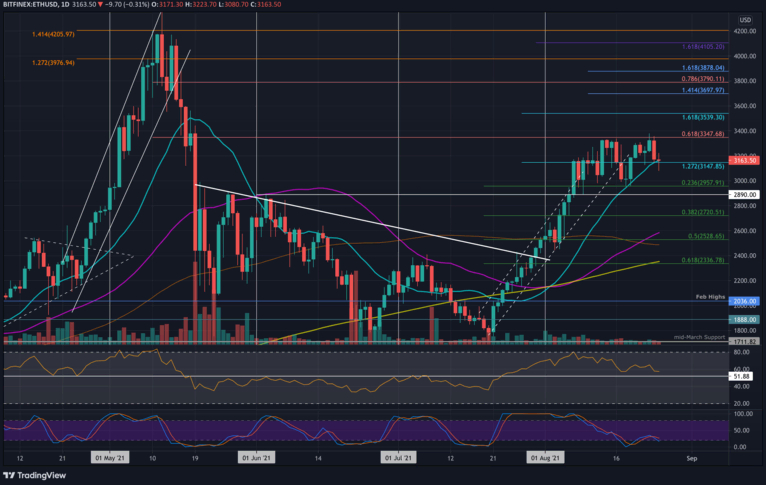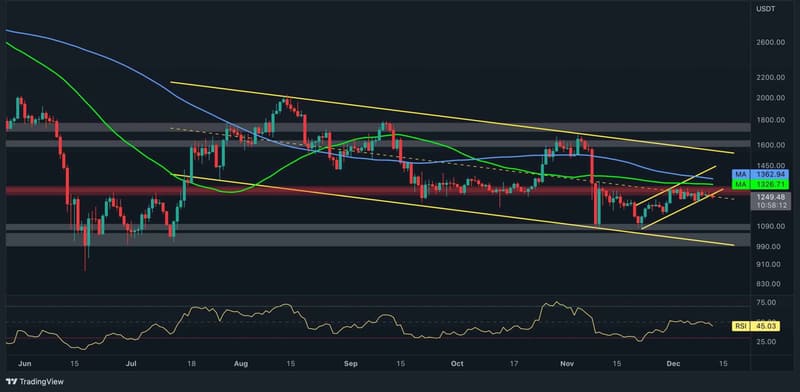
Yield farming, also known as liquidity mining, has become one of the most popular strategies in the world of decentralized finance (DeFi). By providing liquidity to decentralized platforms, users can earn rewards in the form of additional cryptocurrency. While yield farming can be lucrative, it is also a complex process that requires a deep understanding of how liquidity pools and DeFi protocols work. In this post, we will break down the concept of yield farming, explain how it works, and highlight the risks involved.
What is Yield Farming?
Yield farming refers to the practice of earning additional cryptocurrency by lending or providing liquidity to decentralized platforms. This can be done by participating in liquidity pools, staking tokens, or lending assets in return for interest and governance tokens. The goal of yield farming is to generate a passive income by earning rewards on the assets that users contribute to DeFi protocols.
The rewards earned from yield farming typically come in the form of the platform’s native token or additional liquidity provider (LP) tokens. These tokens can then be used for further investment or swapped for other cryptocurrencies. Yield farming is often associated with high returns, but it also comes with high risks, including impermanent loss, smart contract vulnerabilities, and liquidity risks.
How Yield Farming Works
Yield farming involves several key steps, with the primary focus on contributing liquidity to a decentralized finance platform. Here’s how it works:
- Providing Liquidity to a DeFi Protocol: Yield farmers provide liquidity to decentralized platforms by depositing assets (such as stablecoins, Ethereum, or other tokens) into liquidity pools. A liquidity pool is a smart contract that holds reserves of two or more assets, allowing users to trade between them without the need for an order book or centralized exchange.For example, a liquidity pool on a decentralized exchange (DEX) like Uniswap might consist of two assets, say ETH and USDT. Yield farmers would deposit equal values of both ETH and USDT into the pool.
- Receiving Liquidity Provider (LP) Tokens: When users deposit assets into a liquidity pool, they receive LP tokens in return. These LP tokens represent the user’s share of the pool, which can be redeemed later for the user’s share of the total liquidity, plus any fees or rewards generated by the pool.
- Earning Rewards: Yield farmers earn rewards in several ways. One of the primary ways to earn rewards is through transaction fees. Every time someone trades on a decentralized exchange, a fee is charged, and a portion of this fee is distributed to the liquidity providers (farmers) in proportion to their share of the pool.In addition to transaction fees, many DeFi protocols offer native governance tokens as rewards. These tokens can provide users with governance rights or be sold for other assets. For example, by providing liquidity to the Uniswap platform, users can earn UNI tokens, the platform’s native token.
- Compounding Rewards: Yield farmers can reinvest (compound) their earned rewards into the liquidity pool to increase their share of the pool and, in turn, earn higher rewards. This compounding process allows yield farmers to maximize their returns over time.
- Staking and Yield Aggregators: In some cases, yield farmers may stake their LP tokens in another protocol or use yield aggregators. Yield aggregators are platforms that automatically move liquidity between different protocols to ensure that users receive the highest possible returns on their investments. By utilizing these aggregators, yield farmers can minimize the need to manually move their funds between various platforms, saving time and effort.
Types of Yield Farming Strategies
Yield farming can be done using various strategies, depending on the types of assets and protocols a farmer participates in. Here are a few of the most common strategies:
- Liquidity Provision: This is the most common form of yield farming, where users provide liquidity to a pool in a decentralized exchange (DEX). In return, they earn transaction fees, which are paid out in proportion to their share of the liquidity pool.
- Staking: Staking involves locking up a certain amount of cryptocurrency in a protocol to help secure the network or participate in governance. In exchange for staking, users can earn rewards in the form of tokens.
- Lending and Borrowing: Yield farmers can also participate in lending and borrowing platforms like Aave or Compound. By lending their tokens to borrowers, users can earn interest on their deposits. Conversely, borrowers pay interest for the privilege of borrowing assets.
- Leveraged Yield Farming: Some yield farmers use leverage (borrowing additional assets) to amplify their returns. This can increase potential rewards, but it also increases the risk of liquidation if the value of the assets decreases.
Rewards and Risks of Yield Farming
While yield farming can offer high returns, it comes with its own set of risks. Here are the main factors to consider:
Rewards:
- High Returns: Yield farming offers the potential for high returns, particularly in the early stages of a DeFi project. Users can earn not only transaction fees but also native governance tokens and other incentives.
- Compound Interest: By reinvesting rewards, yield farmers can amplify their earnings, making it a viable strategy for long-term passive income.
- Access to DeFi Ecosystem: Yield farmers contribute to the liquidity of DeFi platforms, gaining access to decentralized lending, borrowing, and staking opportunities.
Risks:
- Impermanent Loss: One of the biggest risks in yield farming is impermanent loss. This occurs when the value of the assets in the liquidity pool changes relative to one another. If the price of one token increases significantly or decreases, it can result in a loss compared to simply holding the tokens outside the pool.
- Smart Contract Risks: Yield farming relies heavily on smart contracts. If there is a bug or vulnerability in the contract, it could result in the loss of funds. While audits can help mitigate this risk, it is never completely eliminated.
- Liquidity Risks: Some DeFi protocols may face liquidity problems if there is not enough capital in the liquidity pools. This can result in slippage, or the difference between the expected price and the actual price of a transaction.
- Platform Risks: Not all DeFi platforms are equally secure. Platforms with unaudited contracts or poor security practices can be subject to hacks or exploits, leading to a loss of funds for yield farmers.
- Regulatory Risks: The evolving regulatory landscape around DeFi could impact yield farming. As governments begin to impose regulations on cryptocurrency and DeFi projects, yield farmers may face new challenges in participating in these platforms.
Yield farming has become a highly popular and lucrative strategy within the decentralized finance (DeFi) space. By providing liquidity to decentralized platforms, users can earn rewards, which can include transaction fees, governance tokens, and interest. However, yield farming is not without risks. Users should be aware of impermanent loss, smart contract vulnerabilities, and the liquidity risks involved in the process. As with any investment, it is essential for yield farmers to conduct thorough research and understand the protocols they are participating in to make informed decisions.



